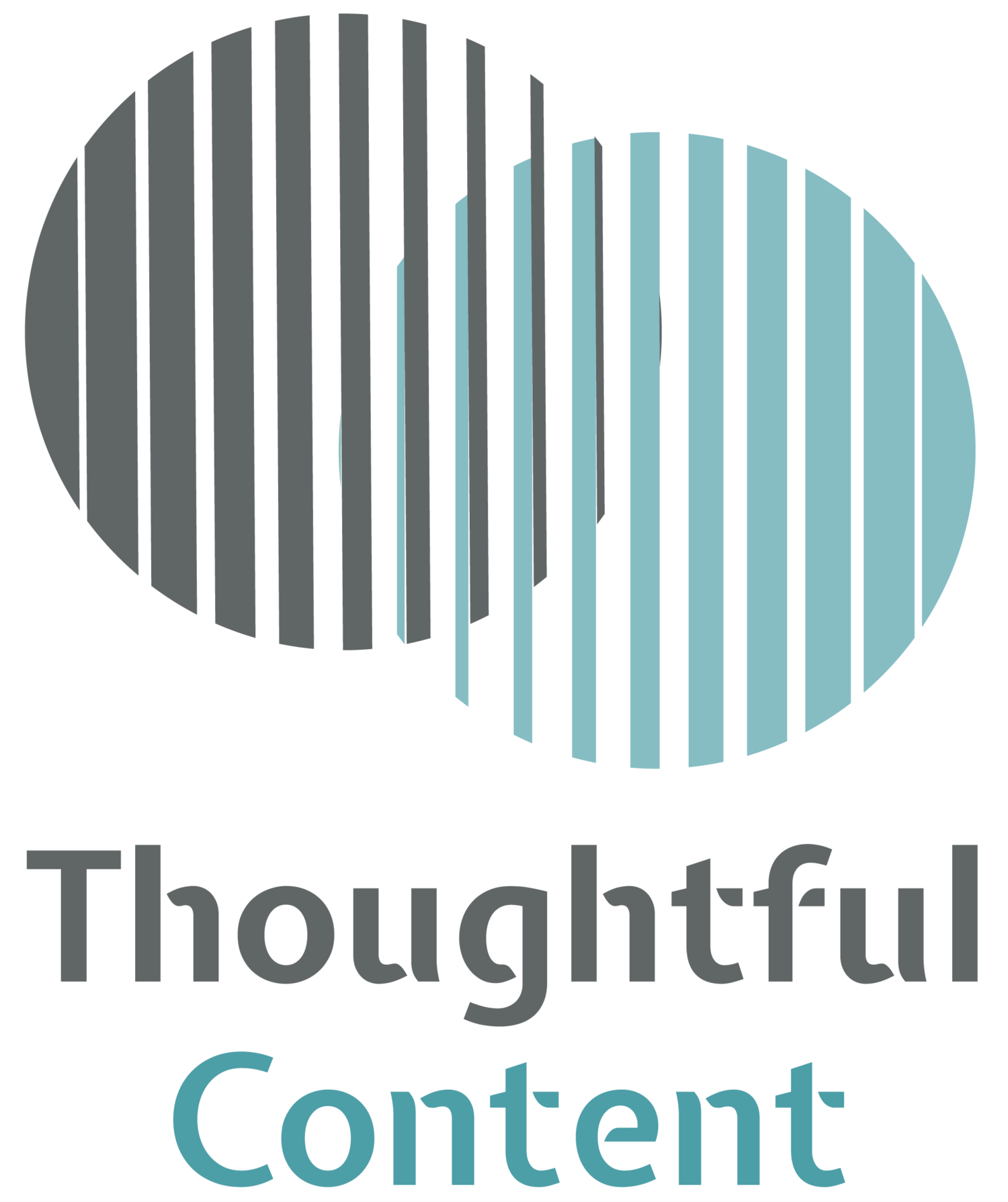The Patient Information Forum: Keeping health literacy in the spotlight
Anneliese’s guest blog for the Patient Information Forum discusses how to keep health literacy at the top of the agenda and create health-literacy optimised services: This blog was originally published on the PIF website https://pifonline.org.uk/blogs/health-literacy-spotlight/
Health literacy is more important now than ever before. The outbreak of coronavirus pandemic has also meant we are living through an ‘infodemic' – an overabundance of information, some accurate and some not, that occurs during an epidemic.
However, a recent systematic review from Baccolini and colleagues found that: “Low health literacy is a public health challenge throughout Europe, where one in every three, to almost one in every two, Europeans may not be able to understand essential health-related material.”
As the Patient Information Forum’s own invaluable infographic highlights, the impacts of low health literacy are far reaching, contributing to increased health inequalities, impact on self-care abilities and fundamentally leading to increased preventable ill health and death.
The COVID-19 pandemic has also uncovered and exacerbated multiple health inequalities that already existed. Tackling the issue is vital.
An increased focus on health and exposure to health messages, may have fuelled mistrust, alongside a growing appetite amongst the public for education and support to improve health literacy.
For example, the 2021 Edelman Annual Trust Barometer shows globally the trust in all information sources is at a record low but the public are placing more importance on increasing their science literacy.
What is being done to tackle low health literacy?
In the UK, the NHS is promoting online health literacy courses for staff and the Accessible Information Standard.
Charities such as the Good Things Foundation are working towards upskilling people and improving digital and health literacy.
Last year I worked on a pharmaceutical industry project for The Difference Collective. This sector is also now prioritising health literacy in terms of optimising its health content and materials for their various audiences.
Keeping a focus on health literacy
Health literacy factors in health behaviour. A recent report by the Health Foundation concludes that in England government policies to improve health have focused on individual behaviour change, with very limited success.
The Health Foundation advocates a move away from this and highlights that: “Population-level interventions that are less reliant on individual agency and aim to alter the environments in which people live should form the backbone of strategies to address smoking, alcohol use, poor diet and physical inactivity.”
I feel strongly that in order to keep health literacy at the top of the agenda there needs to be a similar top-down approach.
Focused on ensuring institutions and organisations provide healthcare and health information that meets everyone’s health literacy needs, where they are now.
Creating optimal environments that enable people to understand and improve their own health, whatever their situation.
Knowledge of these issues and buy in from leadership teams and decision-makers will ensure health literacy is included in policy and overarching strategies for health charities and other organisations.
How can you create health literacy optimised services?
The PIF TICK quality mark and the Accessible Information Standard are two interventions that can help ensure this higher-level approach to including health literacy in patient information strategy.
Audience mapping and an understanding of health information reach is vital to this strategic approach.
Are you producing the information and support your users need that is accessible and right for them?
All health information producers should have an audience and insight and strategy underpinning their work.
This approach makes sense as research shows health messaging is more effective when it’s crafted to target different groups of people, or tailored to individuals.
This is where audience segmentation comes in.
Segmentation can be focused on targeting different demographic groups. For example based on age, socio-economic status, or ethnicity.
But messaging and content can also be tailored based on other psychological, behavioural or social factors.
Examples include people’s access to social and media resources, e-health literacy skills, vaccine beliefs or attitudes to antibiotic resistance.
Health literacy and accessibility audits can also help highlight areas for improvement.
Whilst, readability is important, health literacy work should go further than this.
For example, a systematic review showed health literacy interventions for cancer patients are most successful when they combine face-to-face interactions with health professionals and the use of multimedia technologies or devices as well as ensuring an emphasis on identifying vulnerable individuals and groups with low health literacy.
Something to consider when developing new services or health content.
Where next?
This issue is a complex one, but steps you could take today include asking your leadership team whether health literacy is included at a strategic level.
If you’re a decision-maker yourself, think about how you could take a step-back and include some audience mapping and segmentation into your work to identify those most at need and to ensure you are working to meet their needs.
Even where budgets are tight and teams are busy taking this pause could mean that funds and time are targeted most effectively.

